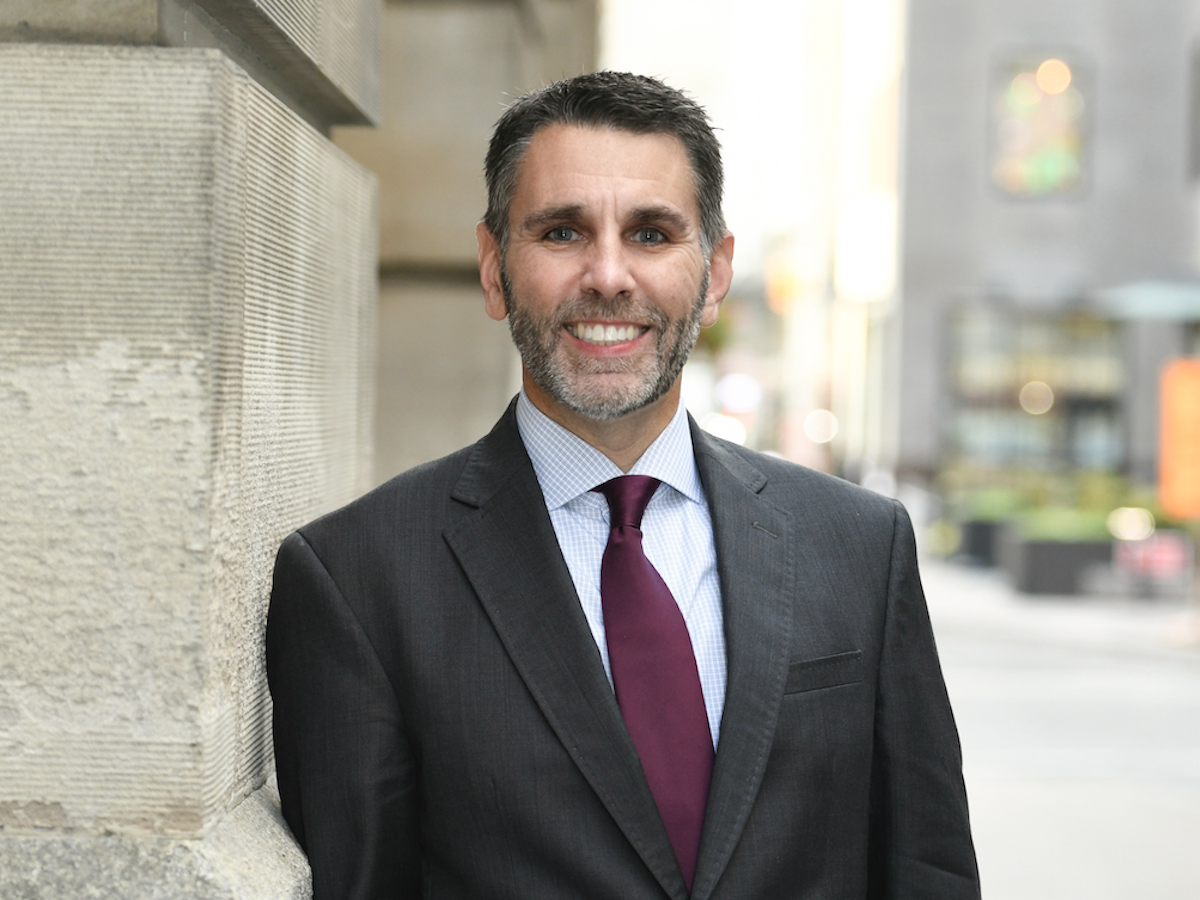

With defined contribution pension plan assets expected to double in the near term and members now using target-date funds at “unprecedented” rates, plan sponsors need to determine which TDFs are the best for their employee population, said Wyatt Lee, portfolio manager and head of target-date strategies for T. Rowe Price Inc., during Benefits Canada’s 2024 Defined Contribution Investment Forum.
According to data by the investment manager, there are currently $210 billion assets in Canadian DC plans, representing 15 per cent of all pension assets in the country with $61.4 billion of that in TDFs. Eighty per cent of all new contributions are going into these funds.
“They are the portfolios that are going to drive retirement success over time, so it’s really important to think about . . . the right target-date product to put in a plan to get your members to where they ultimately want to be,” said Lee.
Read: Focusing on TDF glide paths as migration from DB to DC plans continue
Within a TDF, the glide path has the largest impact on member outcomes, followed by the underlying asset classes in the fund and, lastly, whether it’s passively or actively managed, he said. However, DC plan sponsors will often jump to considering the second and third factors, he noted, and don’t spend enough time on the glide path itself and the inputs that are factored into it.
Lee also suggested plan sponsors first consider the funds’ inputs more carefully to determine the appropriate one for their employees. This includes how the glide path balances plan members’ need to spend during retirement against their desire for wealth protection in retirement and whether that aligns with their own goals for members.
He also recommended plan sponsors consider the demographics and characteristics of their employee bases and their plans: longer planning horizons, higher salaries and a higher level of required consumption replacement would translate to a need for a higher equity glide path, while higher contribution levels and higher employer match formulas result in a lower equity glide path. Lee also advised comparing the potential shortfall or drawdown scenarios of various glide path options.
Plan sponsors must also look beyond their employee group’s averages — whether that’s the average savings rate, match level, risk tolerance, employee age or tenure — and instead pursue a “distributions-based” glide path that incorporates the characteristics that span the breadth of the population, he noted. This supports the employees who need the most help, as well as those who are expected to do well in retirement.
Read: 2019 Top 40 Money Managers Report: Investment lessons for DC plans from their DB parents
“What we find when you . . . bring in the characteristics of the [employees] who would get left out, you end up with a glide path that tends to be relatively more growth-oriented because that growth orientation helps those who are relatively underfunded without providing meaningful penalty to those who are relatively well-funded.”
In 76 per cent of scenarios tested by T. Rowe Price, portfolio values at retirement were higher for glide paths designed using population distribution inputs rather than averages.
Speaking to the debate around active versus passive management, Lee said most DC plan sponsors understandably go with passive to keep fees low and to reduce the risk of underperformance — though that means giving up the chance for excess returns through active management. He recommended TDFs with a blend of strategies since some assets benefit from active management — such as high-yield bonds, which are hard to access passively — while others, like the stock market, are more efficient and can be passively managed through index funds.
Read more coverage of the 2024 DC Investment Forum.
